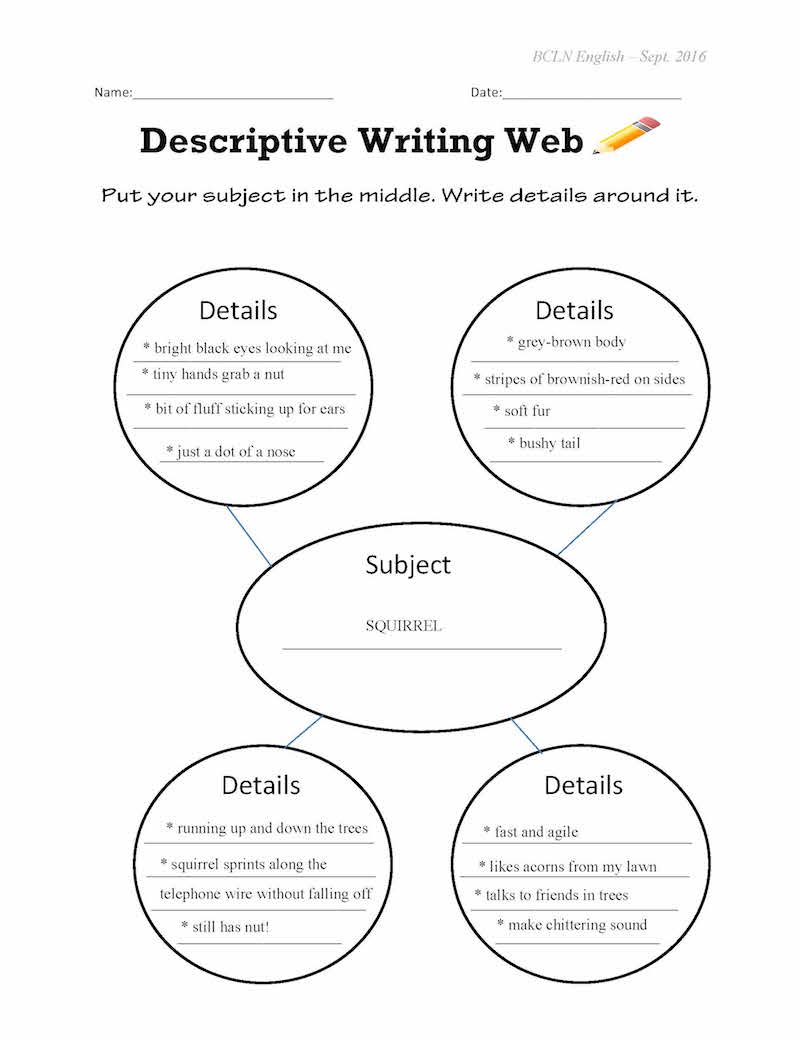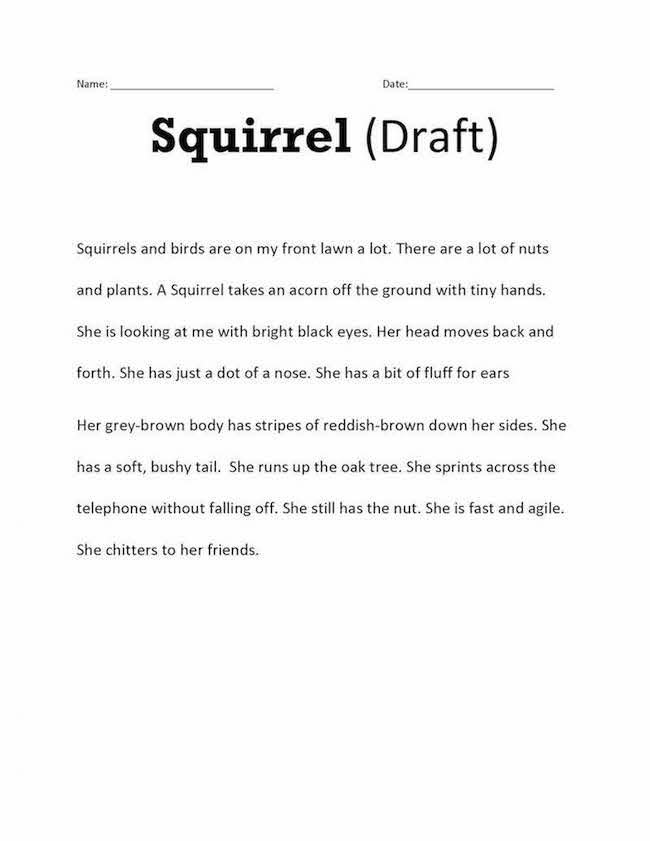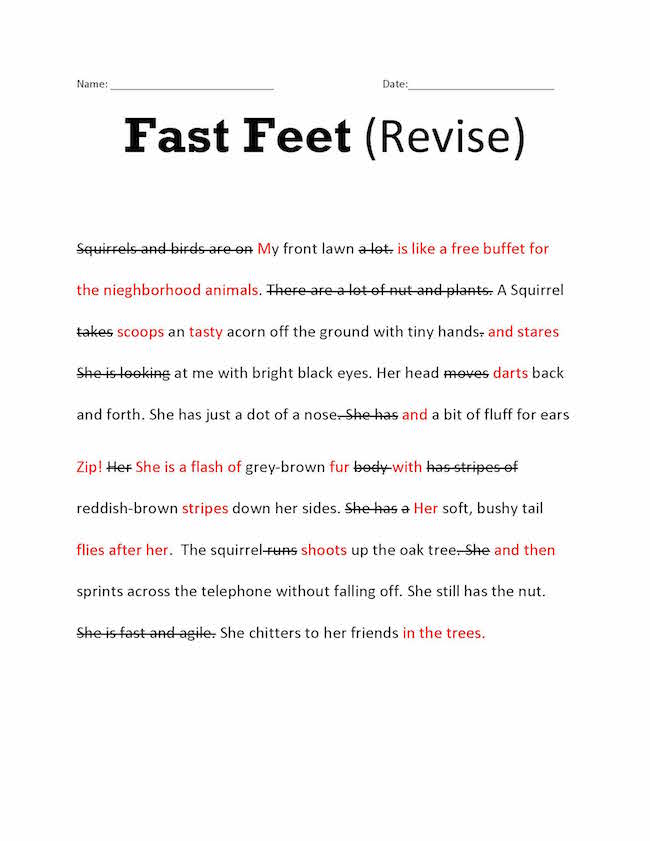1.12 Writing Process - Describe an Animal
| Site: | Cowichan Valley School District - Moodle |
| Course: | ELA5, CSS, Sferrazza |
| Book: | 1.12 Writing Process - Describe an Animal |
| Printed by: | Guest user |
| Date: | Sunday, 21 December 2025, 5:22 PM |
Learning Targets
By the end of this lesson, you should be able to say YES to the following questions.
- Can I identify and follow the steps of the writing process?
- Can I use my five senses to describe something, someone, or some place?
- Can I write engaging and interesting descriptive text?

Describe An Animal Assignment
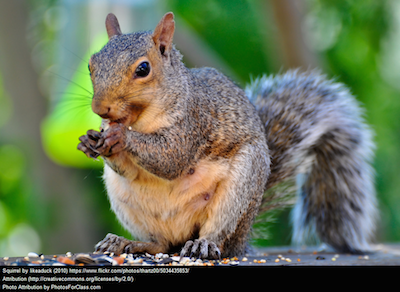
Your assignment:
To choose any animal on the planet and describe it.
It can be your favourite animal, a scary animal, the strangest animal, the most beautiful animal, etc. It can be a pet or a creature from the wild.
After you read and learn about the writing process (explained in this online lesson book), feel free to do some research about the animal to help you describe it better. Use the "Descriptive Writing Checklist" (below) to ensure you have as many of the descriptive writing parts of speech and literary devices as possible in your work.
**Do all the steps in the writing process, which you will read next in this lesson, to create your exciting, stupendous description of an animal.**
Aim to write at least two paragraphs.
You must hand in your work for all levels of the writing process:
1) Graphic organizer - choose one of the organizers to fill out
2) Rough draft - should have mistakes in it
3) Revised copy - highlight the words and places where you made changes
4) Edited copy - highlight the words and places where you made changes
5) Final copy - should look significantly different from your draft
Read through this ENTIRE lesson book BEFORE doing this assignment. Be sure to read the Marking Rubric (on the next page) BEFORE you start your work so you know how you will be marked.
When you have done all the above, then submit your work to the Unit 1 - Describe an Animal Writing Assignment
Descriptive Writing Checklist
Use the following checklist to help you read, listen to, and write descriptive writing.
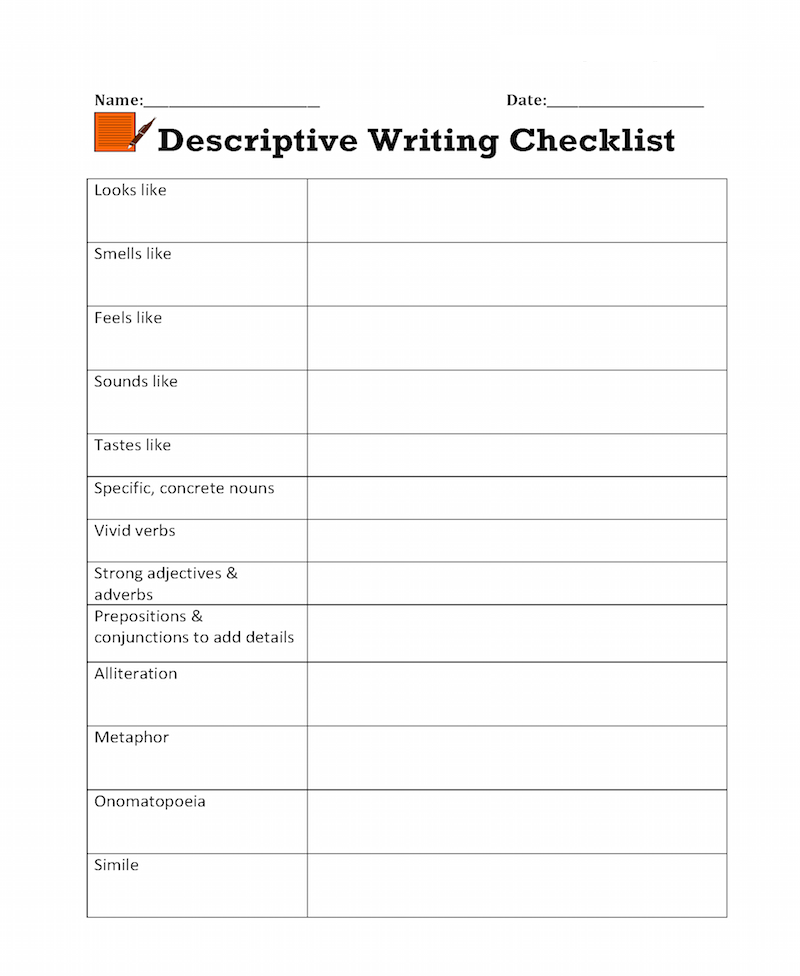 |
Describe an Animal Rubric
You will be marked based on the following rubric.
|
Writing Process
Before your fingers get typing away, it is important you understand the writing process.
Prewriting & Brainstorming

This is where you get your mental rain cloud to pour out ideas. (Did you see that metaphor!)
Don’t worry about how it looks – just get your pen moving on the paper. There are many different brainstorming techniques. Read through the following pages and find what works best for you.
Freewriting
Set a timer for five to ten minutes and just start writing ideas. Have your topic in mind and keep your words flowing. Don't worry about spelling or grammar; the goal is to get as many ideas as possible down. If you can't think of what to write, just write anything that comes to mind.
More Brainstorming Ideas
Listing
Write down your topic as the title. Then list as many related ideas underneath it. Write phrases or single words. Your list when brainstorming does not have to be in any kind of order – just list as many things as you can about the topic.
Mind Mapping
Put your topic in a circle in the middle of the page. Then create branches off it and write down ideas. From these bigger branches, draw smaller branches with related ideas. You can use different colours and add images (quick sketches) to help you with the process.
Graphic Organizers
After you have brainstormed, read through your work and underline/highlight ideas you want to use.
Organize this information and write it into a graphic organizer. You will be asked to submit a completed graphic organizer with your assignment. You can download both of these and choose one when you are ready for it! Both of these organizers can be reused throughout the year to help you plan anytime you need to write a descriptive paragraph.
Graphic Organizer Example
|
|
Drafting

The drafting stage is also called a sloppy copy. Take your ideas and write them into sentences and paragraphs.
Do not worry about grammar, spelling, or punctuation.
Draft Example
|
|
Revising

Revising is when you look at the content and ask the following questions:
Is it in the right order?
Did you say everything you wanted to say?
Did you say everything you need to say? **Check the marking rubric to make sure you have everything you need in your writing.**
Is the information relevant? Do you need more details?
Add, delete, substitute/replace, or move things as needed.
Revised Example
|
|
Editing

Editing is where you look for mistakes in capitalization, grammar usage, punctuation, and spelling.
Remember to keep CUPS in mind as you read over your writing.
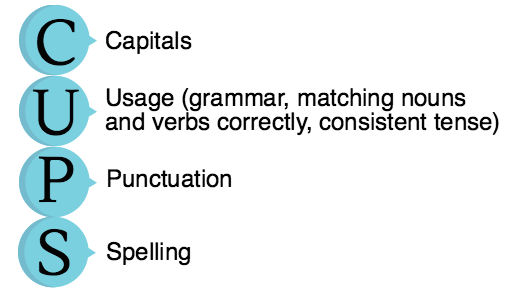
Editing - Capitalization
Watch this video for tips on capitalization. Do the practice exercises as well. This will help you in your editing process.
Edited Example
Look at the CUPS method in action below.
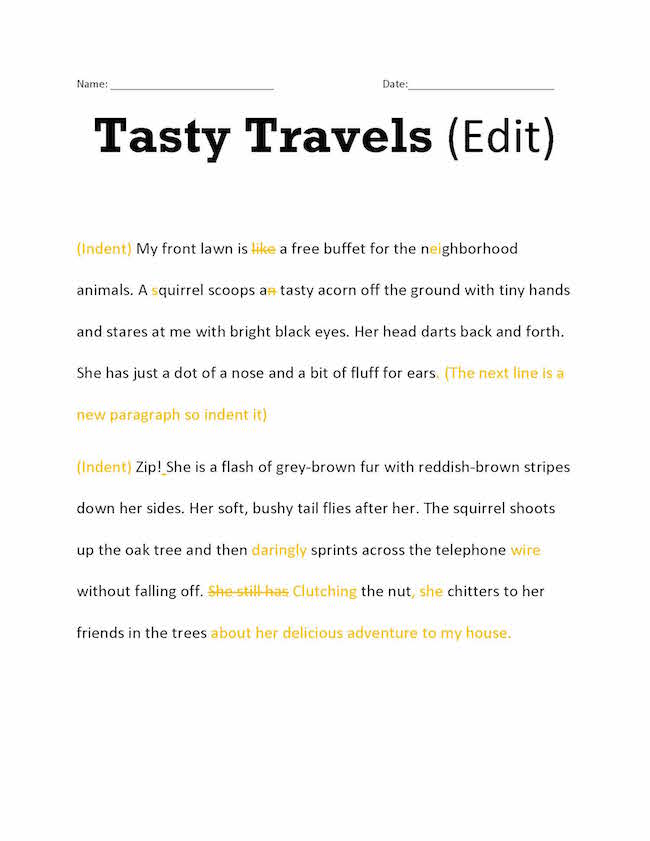 |
Publish
Publishing is when you are ready to submit your work.
You may need to revise and edit your work several times.
Do one last check of your writing and look over the marking rubric before you hand it in.
Make sure you have everything you need to get the best mark you can get.
|
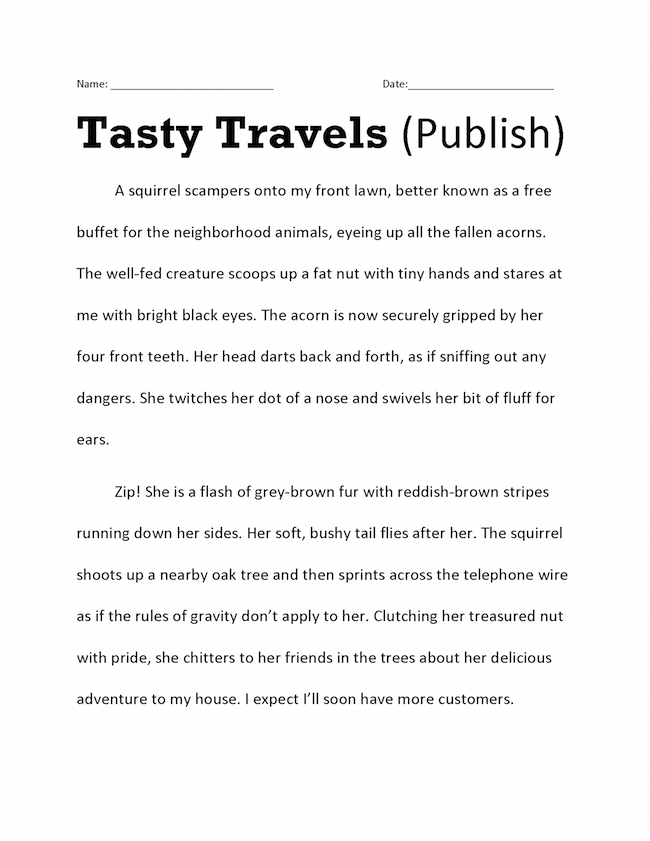 |
